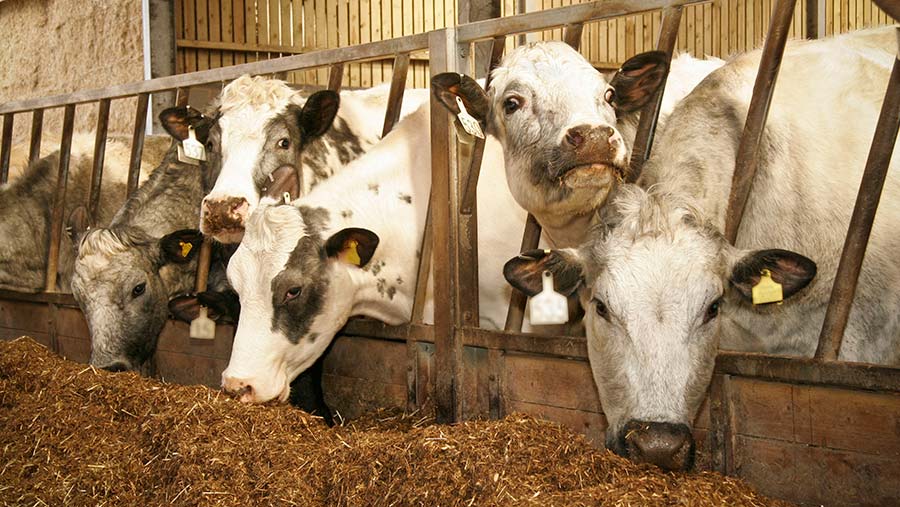Mixed global forecast for beef sector as prices soften
 © Tim Scrivener
© Tim Scrivener Ample global supplies of beef and weaker demand in Europe and Asia are putting pressure on beef prices.
In its latest report the US Department of Agriculture (USDA) forecasts global beef production to rise by 0.4% in 2023, having previously expected it to fall by 0.3%.
Increased exports from Australia, Argentina and Brazil are all weighing on global prices, according to Quality Meat Scotland (QMS).
See also: CMA investigates ABP purchase of two Scotbeef sites
QMS marketing intelligence manager Iain Macdonald said: “In late July, farmgate prices for [deadweight] steers in these three countries were converting to around £2.50-2.60/kg, down from around £3.20-3.30/kg in Argentina and Brazil a year ago, and from around £4.20/kg in Australia.”
China is a key market for many of these exports, but consumer demand there is reportedly low and wholesale prices have dropped back by 8% since May.
The European market has also reportedly softened as a result of the cost-of-living crisis, with consumers limiting spending.
Mr Macdonald said: “As a result, some of the significant cattle price increases of 2021 and 2022 have unwound.”
Despite the recent fall in prime cattle prices in Scotland, steer prices remained about 17-18% above European prices through June and July, he added.
The US has bucked the wider downwards trend and remains well supported, with QMS figures showing US steer prices were the equivalent of £5/kg deadweight in late July.
Competitive pressures
GB deadweight steers averaged 457.7p/kg overall for the week ending 5 August, while heifers averaged 455.6p/kg and young bulls 449.9p/kg.
Significant falls in import and export prices, first highlighted in the UK trade data between April and May 2023, point to considerable competitive pressures in segments of the market where price is more important than origin, according to Mr Macdonald.
Glesni Phillips, data analyst at Hybu Cig Cymru (Meat Promotion Wales), said cattle and sheep throughputs for the first half of 2023 were higher than year-earlier levels, while carcass weights affected overall production volumes.
“Cull cow farmgate prices continue to trend above historical averages, while inflationary pressures have only eased for some input costs, and therefore some producers may still be looking to market older, less productive animals,” added Ms Phillips.
